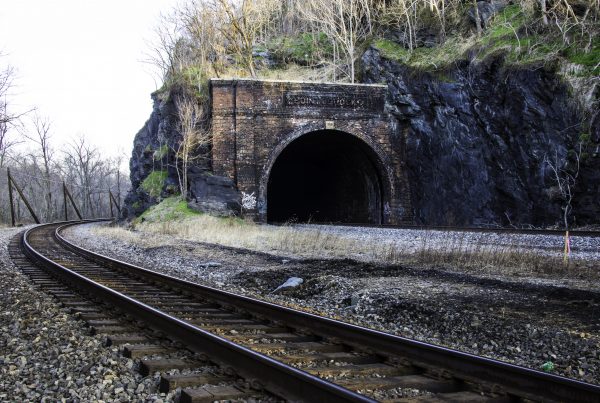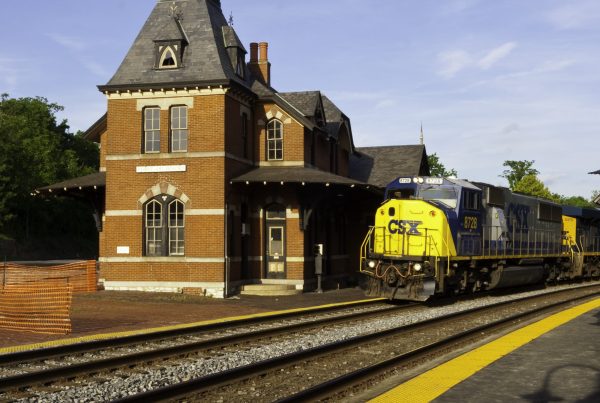Battle Between the C&O Canal and the B&O Railroad
(Showing up to 40 items per page.)
The competition between the Chesapeake & Ohio Canal and the Baltimore & Ohio Railroad didn’t take long to intensify. Each project chose the very same day to break ground—July 4, 1828. While the Canal broke ground with much fanfare, including U.S. and foreign dignitaries, lavish meals and President John Quincy Adams, the B&O Railroad project began much more quietly in Baltimore. Charles Carroll of Carrollton, the last surviving signer of the Declaration of Independence, overturned the first shovelful of dirt for the pioneer railroad. Ironically, it was the railroad that lasted longer and saw more success.
The biggest clash between the Canal and the railroad came in the narrow right-of-way where the Potomac River cuts through a mountain ridge at Point of Rocks, MD. Both projects were vying for this narrow passage, and a bitter four-year legal battle delayed both from continuing until 1832. The courts ruled in favor of the Canal, but the railroad still reached Cumberland first—a full eight years before the Canal.
While the Canal saw some prosperity in transporting coal, flour, iron, and limestone to Georgetown and the Capital City in the 1870s, the speed in which the railroad could transport goods gradually made the slower-moving canal boats obsolete. The C&O Canal reached no farther than Cumberland; the railroad continued on to the Midwest.

 Point of Rocks Train Tunnel
Point of Rocks Train Tunnel  Point of Rocks Train Station
Point of Rocks Train Station 



